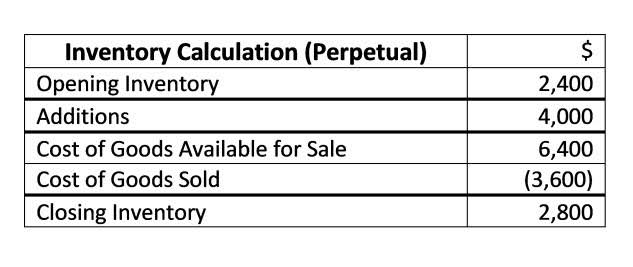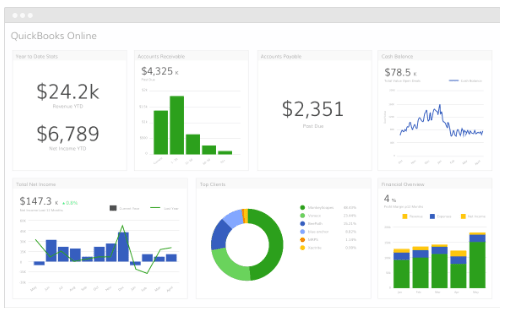Since the accounts must always balance, for each transaction there will be a debit made to one or several accounts and a credit made to one or several accounts. The sum of all debits made in each day’s transactions must equal the sum of all credits in those transactions. After a series of transactions, therefore, the sum of all the accounts with a debit balance will equal the sum of all the accounts with a credit balance. Double-entry bookkeeping is crucial for businesses as it provides a comprehensive record of financial activities, allowing for accurate financial statements. It enhances accountability and facilitates the detection of errors and fraud through the balancing of debits and credits. GAAP refers to a collection of commonly followed accounting rules and standards for financial reporting.
- Accountants will use the general journal as part of their record-keeping system.
- Once that is set up, the chart of accounts is used as a point of reference each time two or more accounts are selected in order to enter a transaction into the general ledger.
- For the past 52 years, Harold Averkamp (CPA, MBA) hasworked as an accounting supervisor, manager, consultant, university instructor, and innovator in teaching accounting online.
- A common example of double-entry accounting is the recording of a sales transaction, where cash (asset) is debited, and revenue (equity) is credited.
- Liabilities are obligations of the business, representing amounts owed to others.
At any point in time, an accountant can produce a trial balance, which is a listing of each general ledger account and its current balance. The total debits and credits on the trial balance will https://russellcrow.ru/publ/20-1-0-104 be equal to one another. Accountants frequently review the trial balance to verify that they posted journal entries correctly within the general ledger, as well as to correct any errors.
Generally Accepted Accounting Principles (GAAP)
This balance is the foundation of a reliable ledger or general ledger, the primary accounting record used to document and track transactions. For assets and expenses a debit entry indicates an increase in the account balance,, and credit entries indicate an increase in account balance for revenue. Double-entry bookkeeping also facilitates financial analysis and decision making. By providing a detailed record of all financial transactions, it allows business owners and managers to see where money is being spent and earned. This can help identify trends, monitor performance, and make informed decisions about the future of the business.
For the borrowing business, the entries would be a $10,000 credit to „Cash“ and an entry of $10,000 in a liability account „Loan Balance“. For both entities, total equity, defined as assets minus liabilities, has not changed. What causes confusion is the difference between the balance sheet equation and the fact that debits must equal credits.
Set-Up and Standard Practice for Double-Entry Accounting
The double-entry bookkeeping system is one of the standard systems used by small and large companies today. Actually, it has been used for more than 500 years, tracing it back to the merchants of Venice, and still remains relevant. This guide will provide you with all you need to know about how it is used, and why it works as an accounting http://www.forsmi.com/nedvizhimost/o-dostizhenii-dogovorennostey-v-otnoshenii-strukturyi-ppf-ecm-holding.html system. Bookkeeping and accounting track changes in each account as a company continues operations. Double entry bookkeeping can appear complicated at first, but it’s easy to understand and use once the basic concepts have been learned. With these steps, your business will be running its financial race with agility and precision.
In double-entry bookkeeping, every financial transaction impacts at least two accounts, which are categorized as assets, liabilities, or equity. Each category plays a specific role in maintaining a balanced accounting equation and accurate financial statements. For a sole proprietorship, single entry accounting can be sufficient, but if you expect your business to keep growing, it’s a good idea to master double entry accounting now. Double entry accounting https://eorhelp.ru/places-of-interest-in-london/ will allow you to have a deeper understanding of your company’s financial health, quickly catch accounting mistakes, and share a snapshot of your business with investors. With the help of accounting software, double entry accounting becomes even simpler. A bookkeeper reviews source documents for instance receipts, invoices, and bank statements—and uses those documents to post accounting transactions within a proper accounting software solution.





